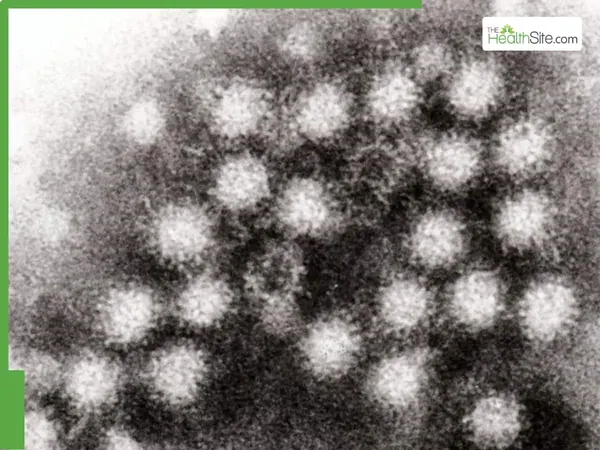
India's First Cases of Human Metapneumovirus Confirmed: What You Need to Know!
2025-01-07
Author: Olivia
India's First Cases of Human Metapneumovirus Confirmed
In a significant development, Indian health authorities have confirmed the nation’s first cases of the human metapneumovirus (HMPV), with seven individuals testing positive as of Tuesday. This revelation comes from the Indian Council of Medical Research (ICMR), as health officials work to address public concerns.
Details of the Confirmed Cases
The confirmed cases include two infections from the central city of Nagpur, along with two from Bengaluru, and one each from Ahmedabad, Chennai, and Salem. Alarmingly, among those infected is a three-month-old girl, as well as an eight-month-old boy who has tested positive for both HMPV and respiratory syncytial virus (RSV), which raises eyebrows about the dual viral threat.
Understanding HMPV and Symptoms
HMPV is known to cause respiratory diseases across age groups, with young children, seniors, and immunocompromised individuals being particularly vulnerable to severe illness. Common symptoms associated with HMPV include cough, fever, nasal congestion, and shortness of breath, a similarity it shares with many other respiratory viruses.
Global Context and Expert Opinions
Interestingly, cases of HMPV have been rapidly increasing in China, which may explain heightened scrutiny of the virus globally. However, experts such as Dr. Carla Garcia Carreno from the Children's Medical Center Plano in Texas reassure that there is no immediate threat of a pandemic. “This strain has been around for some time, and the population has developed a level of immunity,” she stated, emphasizing that HMPV’s stability—contrasting with the rapidly mutating COVID-19 virus—is a reassuring factor.
Government Response and Preventive Measures
In response to the confirmed cases, India’s federal government has urged state governments to intensify surveillance efforts on respiratory illnesses and inform the public about preventive measures. Health officials recommend basic hygiene practices: covering one’s mouth and nose when sneezing or coughing, frequent handwashing, and wearing masks in crowded areas to mitigate the spread.
Official Statements from the Health Ministry
Indian Health Minister J. P. Nadda emphasized that HMPV should not be viewed as a new threat, as it was first identified back in 2001 and has been present globally for years. Importantly, he asserted that none of those infected in India had any recent international travel, suggesting local transmission is being monitored closely.
Current Situation and Public Vigilance
While the Health Ministry maintains that there is no unusual uptick in respiratory illnesses in the country, they remain vigilant and well-prepared for any potential increases in cases. “Most infections are mild and self-limiting, with most individuals recovering without intensive medical intervention,” added the ministry in a recent statement.
Global Health Perspectives
Global health organizations including the World Health Organization (WHO) and the Centers for Disease Control and Prevention (CDC) have not expressed significant alarm regarding the current HMPV occurrences in Asia, but the situation remains fluid.
Conclusion and Public Guidance
As health authorities continue their watchful eye on HMPV, the public is encouraged to remain informed and proactive about their health, especially as seasonal respiratory illnesses become more prevalent with changing weather conditions.
Call to Action
Stay tuned for more updates on health advisories and developments in your region!









 Brasil (PT)
Brasil (PT)
 Canada (EN)
Canada (EN)
 Chile (ES)
Chile (ES)
 España (ES)
España (ES)
 France (FR)
France (FR)
 Hong Kong (EN)
Hong Kong (EN)
 Italia (IT)
Italia (IT)
 日本 (JA)
日本 (JA)
 Magyarország (HU)
Magyarország (HU)
 Norge (NO)
Norge (NO)
 Polska (PL)
Polska (PL)
 Schweiz (DE)
Schweiz (DE)
 Singapore (EN)
Singapore (EN)
 Sverige (SV)
Sverige (SV)
 Suomi (FI)
Suomi (FI)
 Türkiye (TR)
Türkiye (TR)